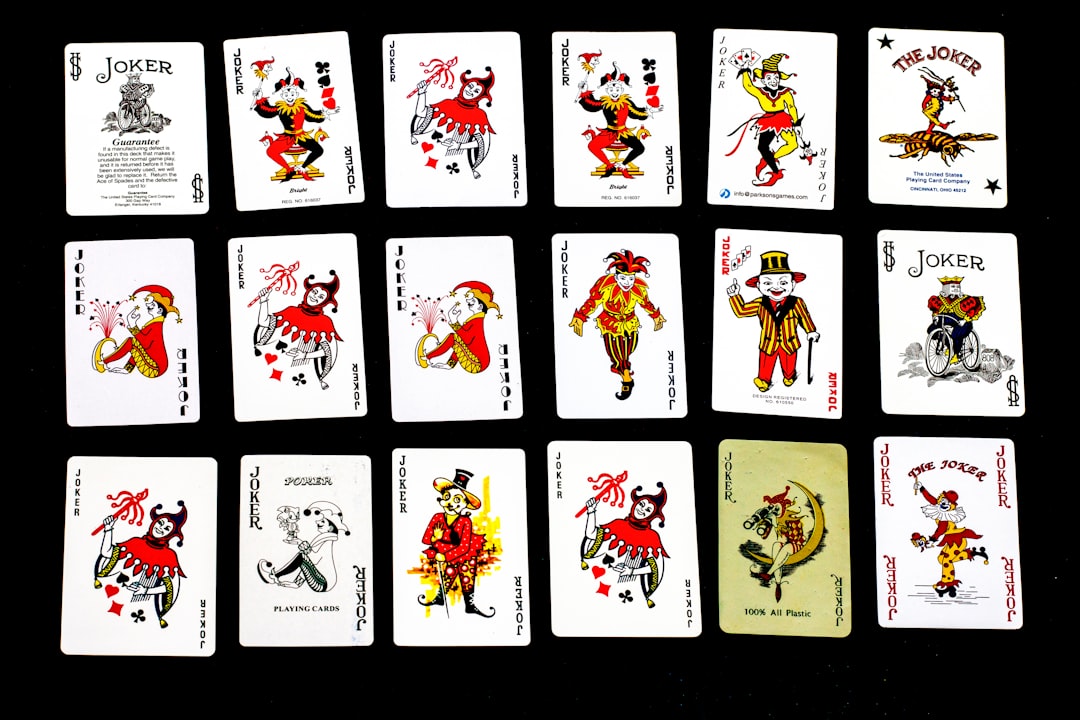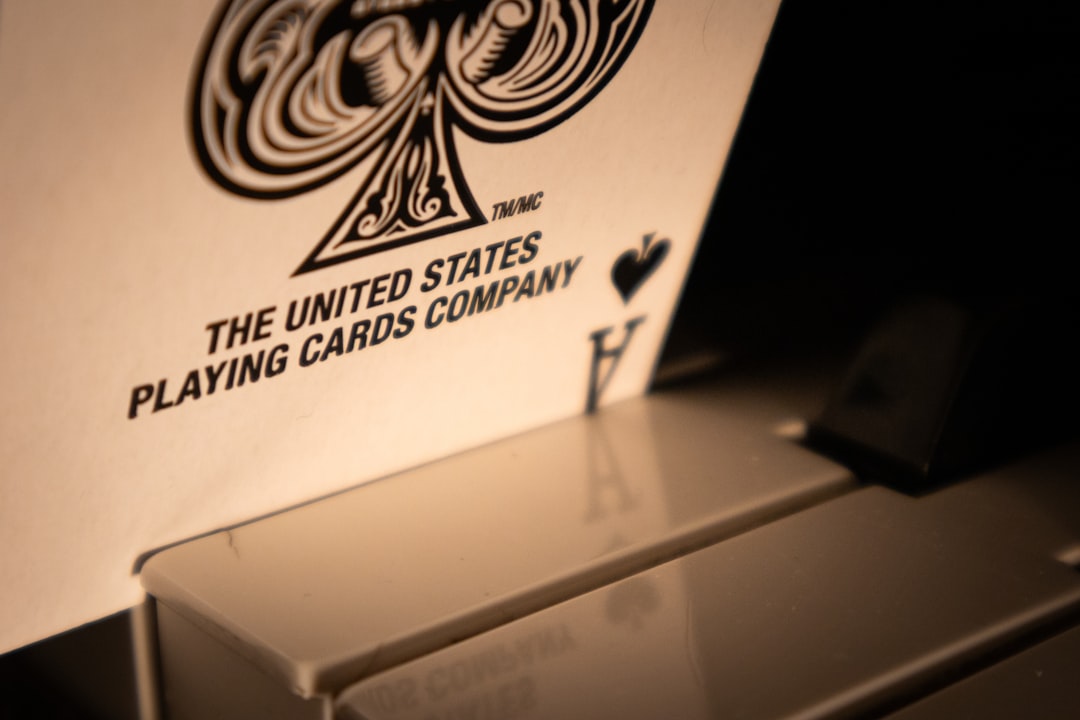Competitive EDH, or cEDH, is a corner of Magic: The Gathering where speed, precision, and clever card choices matter. Players build their decks to win fast—often as early as turn one or two. That means every card matters. But how do you know which cards are best for your strategy? This is where the cEDH Deck Database comes in handy.
The database is a collection of well-tuned competitive decks. It’s curated and regularly updated. If you want to compare commanders, deck archetypes, or just find the best tech for the current meta, this is the place to go.
Why Use the cEDH Deck Database?
You can learn a lot from other players’ decklists. The database does the hard work of collecting these high-power lists and organizing them by type. Here’s what makes it so useful:
- Categorization: Decks are sorted into archetypes like Turbo, Midrange, Stax, and more.
- Descriptions: Each deck comes with a write-up explaining the strategy and main win conditions.
- Tech Choices: It’s easy to spot what unusual tech or meta-specific cards decks are including.
- Updates: Only active and relevant decks stay on the list over time.
That’s what makes this tool perfect for comparison. You can check out different versions of a deck and see which inclusions make it faster or safer.
How to Compare Decks Efficiently
Let’s say you want to compare two decks that use the same commander. Maybe you’re torn between a speedy Tymna/Kraum turbo list and a more reactive version. How should you do it?
- Open Both Lists: Use your browser and open the full decklists side by side.
- Check the Core: See which cards are overlapping—these are probably core to the commander or archetype.
- Highlight Differences: Focus on the cards that only appear in one of the lists. These are tech choices.
- Read Comments: Many list authors add notes explaining specific inclusions. Don’t skip this.
You’ll notice how each version adapts to different metas. Is a deck running more graveyard hate? That probably says something about what the current meta looks like.

Tech Cards: What Are They?
Tech cards are cards that aren’t necessarily standard in a deck but support it in special ways. For instance, they might counter a popular deck in the meta, or offer redundancy in combo lines.
Here are some examples of common tech card types:
- Graveyard hate: Cards like Grafdigger’s Cage or Rest in Peace
- Counter magic: Additional counterspells beyond the staples
- Alternate combos: Backup win conditions if your main plan gets stopped
- Speed boost: Cards that increase deck speed like Jeweled Lotus or Mox Diamond
By comparing which tech cards show up across decks, you can learn a lot about what people are seeing in their local groups or in online games.
Using Filters and Tags
The cEDH Database lets you filter decks by type and strategy. Use these filters to narrow down exactly what you’re looking for. Want a turbo combo deck that uses green? Filter in seconds.
This helps you avoid falling into a research rabbit hole. Too many options can be a bad thing! With good filters, you’ll see only decks that match your goals.
You can also search by primary commander, secondary commander, or even color identity. It’s easy, and very helpful.
What to Look for When Comparing Decks
There are a few specific areas to examine when comparing decklists:
- Commander pairing: Are they running the same partners or trying different combinations?
- Deck speed: Are they leaning into fast mana and early wins?
- Interaction: How many counterspells or removal pieces does the deck run?
- Mana base: Are they going greedy with duals or playing conservatively?
- Number of wincon pieces: Do they have backup plans?

It’s in these little differences that you find the soul of a list. A deck with more basics might be worried about Back to Basics. A list running extra tutors might be trying to speed up a combo. Watch for subtle signs.
Stay Updated
The meta changes quickly. New sets bring new tools. Sometimes a single card—like Displacer Kitten or Orcish Bowmasters—can send ripples through the format.
A decklist that worked two months ago may already be outdated. That’s why checking the last updated date on decks can be very helpful.
When comparing multiple decks, make sure they’ve all been updated within a similar timeframe. This stops you from comparing apples to oranges.
Don’t Ignore the Comments
One of the best parts about the database is the community input. Creators often write short essays about the deck:
- Why specific cards made the cut
- How to pilot the deck
- Matchups and weaknesses
These sections are often gold mines. Read them closely. They add much more context than a bare list ever could.
Tools That Help Comparison
You don’t have to do everything manually. Use deck comparison tools on websites like MTGGoldfish or Moxfield. These tools can:
- Highlight similarities and differences
- Show mana curve comparisons
- Count card types like creature count, instant count, etc.
It’s very helpful to visually chart how two builds funnel into their win.
Experiment With What You Learn
After reviewing tech cards and deck structures, take what you’ve learned and apply it. Try tweaking your own decklist. Swap out one or two cards and see what happens.
If a deck is running Otawara, Soaring City in every version, maybe you should too. If you never see Dark Ritual in your archetype, maybe there’s a reason.
Data only helps if you use it. So don’t just study—apply!
Final Tips
Here are some short and sweet final thoughts:
- Start small: Compare just two or three decks at a time.
- Keep notes: Write down which inclusions you like and why.
- Talk to others: Many cEDH players love explaining their decks.
- Build your own theory: Use what you learn to fuel creativity in your own builds.
Ready to Build Smarter?
Deck building for cEDH is both science and art. The database lets you explore this world with great insight. Learning how to compare decks efficiently lets you improve faster, win more, and have more fun.
So open two tabs, dig into those lists, and start exploring. You might just find your new favorite tech card!



